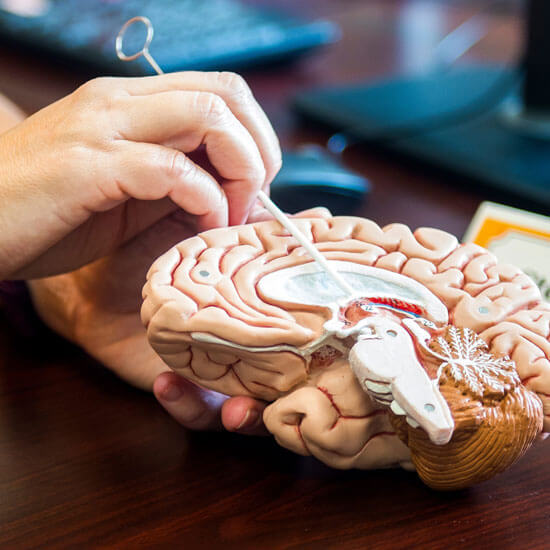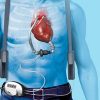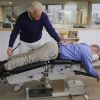A shunt could be a hollow tube surgically placed within the brain (or sometimes within the spine) to assist drain liquid body substance and direct it to a different location within the body where it can be reabsorbed. Shunt procedures can address pressure on the brain caused by hydrocephalus and relieve its symptoms such as gait difficulty, mild dementia and lack of bladder control. If the doctor finds that these issues improve when a spinal puncture, it’s going to mean that putting a shunt could also be able to offer a longer-term profit.
- Different Kinds of Shunts
- Different shunt systems re-route the excess fluid to:
- The abdomen (ventriculoperitoneal or lumbar-peritoneal shunt)
- The lung (ventricular-pleural shunt)
- The heart (ventriculoatrial shunt)
- The neurosurgeon will discuss the pros and cons of each approach with you.
- Hydrocephalus symptoms might improve inside days of shunt surgery, or may take weeks to months to get better.
Other neurological or medical conditions can affect recovery.
If your symptoms are mainly because of traditional pressure abnormality as against alternative conditions, the shunt is likely to help alleviate them.
About 10 percent of patients show some improvement soon after a shunt is placed, but show less of a long-term response. The reasons for this are not well understood.
Other patients might develop further disorders of the brain that additionally have an effect on gait and memory that may not reply to evacuation
from the shunt.
Shunts are often programmable (externally adjustable by a magnetic device) or non-programmable.
Most surgeons can select a programmable model, despite the very fact that in clinical trials, each sort performs comparably.
Likewise, there are various manufacturers of programmable shunts, none of which has been clinically proven to be more effective than others.





There are no reviews yet.